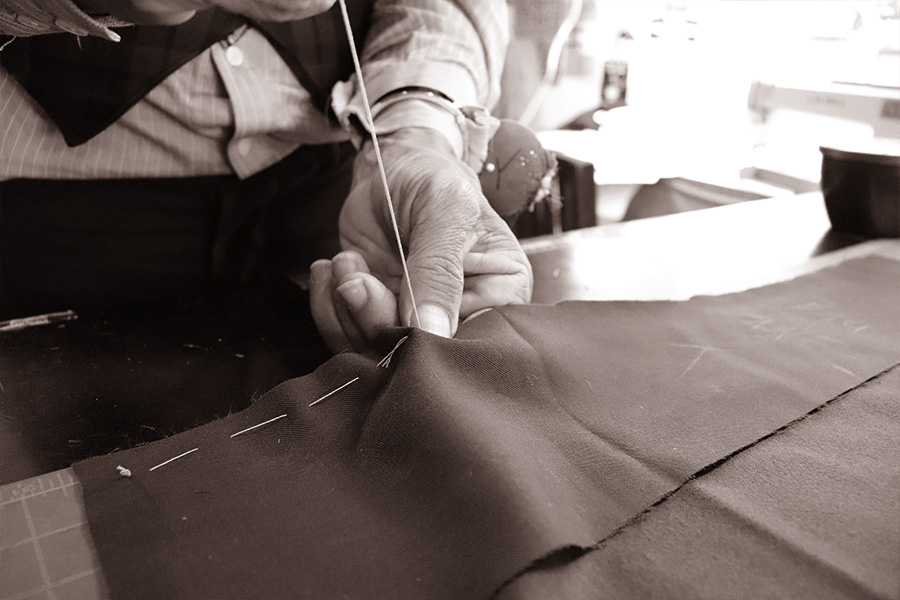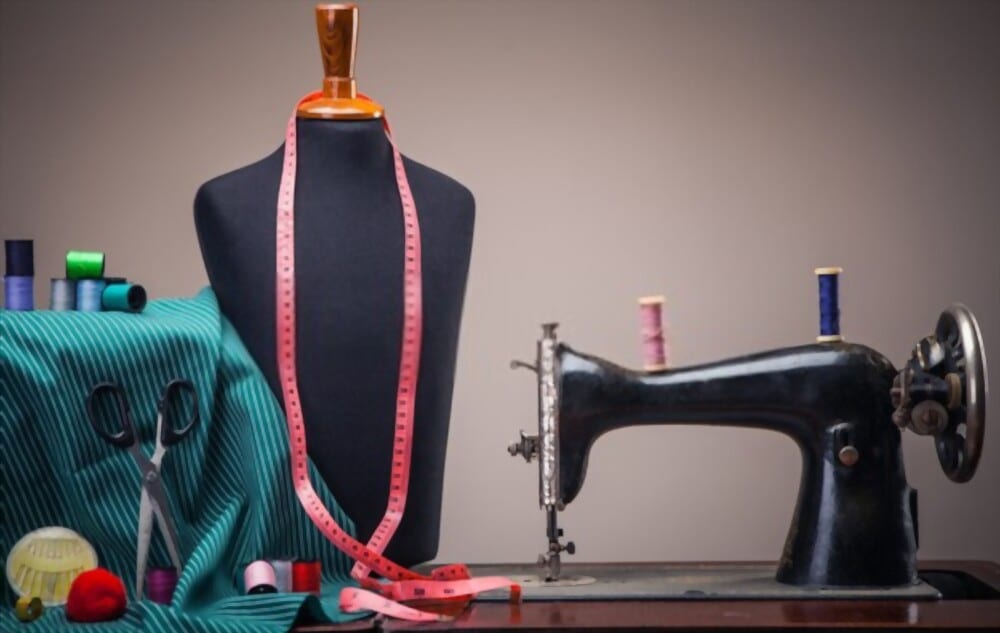Tailor Perth Insights: Discover the Art of Fine Tailoring in Perth
Tailor Perth Insights: Discover the Art of Fine Tailoring in Perth
Blog Article
Understanding the Tailoring Process: From Fabric Selection to Final Fitting for the Ideal Wardrobe
The tailoring procedure is an intricate interaction of art and scientific research, starting with the critical choice of textile choice and culminating in the exact modifications of final fittings. Each textile kind brings special high qualities that influence not only the aesthetic allure yet additionally the garment's long life and viability for numerous celebrations. Recognizing the subtleties of customizing methods can boost one's wardrobe to unprecedented degrees of refinement. As we discover these components even more, one should think about exactly how even the smallest details can substantially affect the general end result of one's individual design.
Value of Textile Selection
Selecting the appropriate fabric is critical in the tailoring procedure, as it straight affects the comfort, toughness, and overall aesthetic of the last garment (tailor perth). The selection of material establishes the foundation for the garment's capability, style, and performance. Different materials have one-of-a-kind residential properties, such as stretch, weight, and breathability, which can dramatically affect how the garment drapes and fits the body
Furthermore, material option influences the garment's long life and convenience of care. Top quality materials can stand up to damage, keeping their look and framework gradually, while lower-quality products may result in pilling or fading. Furthermore, the ideal material adds to the garment's capability to shift across celebrations and periods, consequently improving adaptability.
A tailored piece made from an appropriate textile not just showcases craftsmanship but additionally raises the wearer's self-confidence. Subsequently, comprehending the subtleties of textile choice is critical for any customizing venture. It makes sure that the end product not only meets the visual desires of the customer but additionally lines up with useful demands, thus attaining a harmonious equilibrium between kind and function in the customized wardrobe.
Kinds of Fabrics and Their Usages
Understanding the numerous sorts of textiles offered is vital for making notified choices during the customizing process. Each fabric has special characteristics that determine its suitability for specific garments and events.
Cotton, known for its breathability and softness, is excellent for laid-back wear and summer season garments. Its flexibility allows it to be customized into everything from tee shirts to dresses. Woollen, on the other hand, is preferred for its warmth and framework, making it an excellent selection for official fits and outerwear - tailor perth. Its natural flexibility helps garments preserve form gradually.
Silk shows luxury and is lightweight, making it ideal for eveningwear and delicate blouses; nevertheless, it requires mindful handling as a result of its fragility. Linen, with its textured surface, is a prominent selection for cozy environments, providing a airy and crisp feel, however it wrinkles conveniently, which might influence the garment's look.
Artificial fabrics, such as polyester and nylon, offer sturdiness and resistance to creases, making them appropriate for daily wear and energetic apparel. Recognizing these textile kinds and their residential properties permits for far better decision-making, ensuring that each tailored item not just fits well yet additionally straightens with the desired objective and celebration.
The Tailoring Methods Described
The art of customizing counts on a range of methods that transform fabric into well-fitted garments. Central to this process is pattern composing, where a dressmaker produces themes based on the customer's dimensions and wanted design. This initial action ensures that the garment will certainly fit the user appropriately before any cutting occurs.
Once patterns are established, cutting techniques come into play. Accuracy is extremely important as errors can cause misfitting garments. Tailors usually utilize numerous cutting techniques, such as single-layer reducing for detailed styles and multiple-layer cutting for performance on common patterns.
Basting is one more essential method, allowing dressmakers to temporarily sew fabric items together for a preliminary fitting. This approach provides the possibility to evaluate the drape and total silhouette prior to final stitching.
Seaming strategies, including french joints and flat-felled joints, improve the garment's resilience and visual appeal. Tailors likewise use techniques such as interfacing and cushioning to provide framework and form to particular locations, like collars and shoulders.
Last but not least, finishing methods, consisting of hemming and edge ending up, guarantee the garment's long life while providing a refined appearance. Together, these methods create the backbone of efficient customizing, resulting in charming, custom-fit garments.
Fitting Changes and Considerations

Secret considerations include the shoulder fit, which should neither droop nor limit activity, and the sleeve length, which must permit for comfy arm motion while keeping a refined appearance. In addition, adjustments at the waist can fine-tune the silhouette, with alternatives to allow out or take in textile as needed.
The rise of pants is an additional important aspect; it ought to rest easily above the hips without creating discomfort, enabling simplicity of movement. Hemming sizes for both pants and skirts need to show the wearer's favored style while valuing proportions.

Preserving Your Tailored Clothing
Constantly adhere to the treatment label directions, which may suggest completely dry cleansing for delicate materials or machine washing for more resilient materials. Avoid frequent laundering, as this can put on down the textile and modify the garment's shape.
Storage is equally vital; usage cushioned wall mounts for jackets and coats to keep shoulder structure, and shop pants folded up neatly or hung to avoid creasing. Protect garments from straight sunshine, which can fade shades and damages fibers.
In addition, periodic examinations for small repair services can avoid larger concerns. Inspect for loosened buttons, fraying joints, or indications of moth damages, attending to these problems without delay to preserve the garment's integrity.
Last but not least, think about seasonal turning. Using customized pieces in small amounts allows textiles to recover, expanding their lifespan. By carrying out these maintenance approaches, you can guarantee that your customized garments stay as immaculate as the day you first used them, enhancing your ideal closet for several years to find.
Verdict
The tailoring process, encompassing textile choice, knowledgeable techniques, and precise fitting adjustments, plays an important function in producing garments that boost both convenience and design. Comprehending the value Visit This Link of upkeep prolongs the life of customized garments, solidifying their value in a well-curated wardrobe.
Choosing the right fabric is crucial in the customizing procedure, as page it straight influences the comfort, longevity, and total visual of the final garment. The choice of fabric sets the structure for the garment's style, capability, and efficiency. Different fabrics possess special homes, such as breathability, weight, and stretch, which can considerably influence exactly how the garment drapes and fits the body.
The art of tailoring counts on a range of techniques that change fabric right into well-fitted garments.The tailoring procedure, including fabric choice, competent strategies, and exact fitting changes, plays an essential duty in producing garments that boost both comfort and design.
Report this page